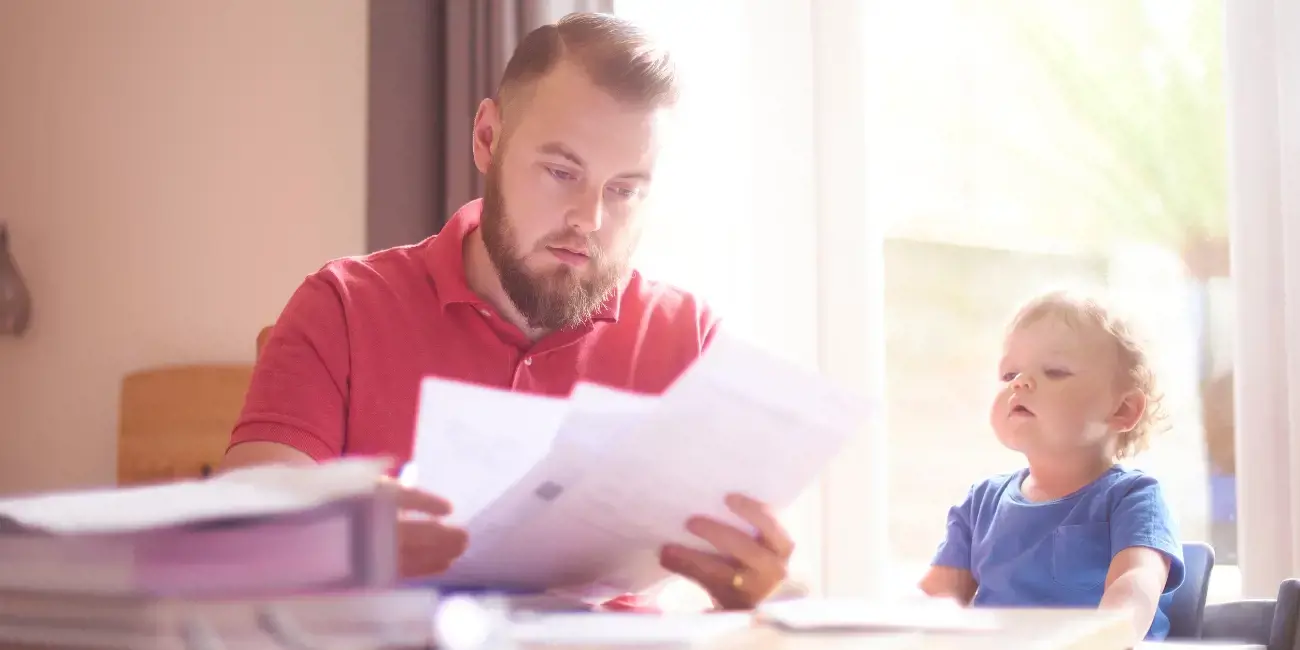Childcare is a significant expense for many parents and working families, so it’s no wonder so many parents would love the opportunity to claim this cost as a tax deduction to make their lives easier.
Childcare and tax
Childcare is a major expense for many Australian families. While it would be helpful if these costs were tax-deductible, in Australia, childcare expenses cannot be claimed as a tax deduction. However, there are several ways the Australian Government supports families with these costs, primarily through the Childcare Subsidy. If you're wondering how much support you might be eligible for, using a childcare subsidy calculator can be a quick and easy way to estimate your out-of-pocket expenses.
What is the Childcare Subsidy?
The Childcare Subsidy (CCS) is the Australian Government's primary way of assisting families with childcare costs. Introduced in July 2018, it replaced the previous Childcare Benefit and Childcare Rebate programs. The purpose of the CCS is twofold:
- To make early childhood education more accessible and affordable.
- To help parents and guardians work, study, or increase their working hours by reducing childcare costs.
How Does the Childcare Subsidy Work?
The government pays the subsidy directly to approved childcare providers, which reduces the fees you pay. Many factors influence the amount of subsidy your family can receive, including:
- Your family income
- The type of childcare you use (e.g., centre-based care, family day care, or in-home care)
- The age of your child
- How many hours you and your partner engage in work, training, or approved activities
Calculating your potential subsidy amount can feel overwhelming, which is why the childcare subsidy calculator is an essential tool for families to use. This tool can give you an estimate within seconds, allowing you to plan your budget effectively.
Key Eligibility Criteria for the Childcare Subsidy
To qualify for the Childcare Subsidy, you must meet the following requirements:
- Have a child aged 13 years or under who is not attending secondary school (exceptions apply).
- Use an approved childcare service such as long day care, family day care, or out-of-school hours care.
- Be responsible for paying childcare fees.
- Meet residency and immunisation requirements.
If you're eligible, you may also receive additional support like the Additional Childcare Subsidy (ACCS) for specific circumstances.
Maximise Your Savings With Our Childcare Subsidy Calculator
To take the guesswork out of calculating your childcare costs, we’ve developed a Childcare Subsidy Calculator. This simple tool lets you estimate your eligible subsidy in less than 30 seconds! It’s perfect for understanding how much financial support you could receive and how it impacts your overall childcare expenses.
Other Government Support for Families
While the CCS is a crucial support system, it is not the only one. The Australian Government offers various payments to ease the financial burden for families:
1. Family Tax Benefit (FTB)
This payment helps families cover the cost of raising children. It is divided into two parts:
- Part A provides payments per child, based on family circumstances.
- Part B offers extra support for single parents or families with one primary income.
2. Parental Leave Pay
Parents taking time off work to care for a newborn or adopted child may be eligible for payments up to 18 weeks, provided they meet the income and work criteria.
3. Parenting Payment
This is the main income support payment for the primary carer of a child aged under eight (single parent) or under six (two-parent families).
4. Newborn Payments
If you're welcoming a new child, the Newborn Upfront Payment and Newborn Supplement can provide financial relief. However, these payments are not childcare-specific.
Why You Should Use a Childcare Subsidy Calculator
Navigating your childcare expenses can be challenging, especially when considering eligibility rules, income thresholds, and various government payments. A childcare subsidy calculator simplifies this process by:
- Offering a quick estimate of your CCS benefit.
- Helping you budget more effectively.
- Allowing you to compare childcare options based on potential out-of-pocket costs.
Don’t miss out on a subsidy you’re entitled to. Take the next step by calculating your potential savings now.
Use Our Childcare Subsidy Calculator Today!
Find out how much support you could receive with our easy-to-use childcare subsidy calculator. Get an accurate estimate in under a minute and start planning for stress-free childcare.
By understanding your financial options and using tools like the subsidy calculator, you can reduce childcare expenses and focus on what truly matters to your family.



































